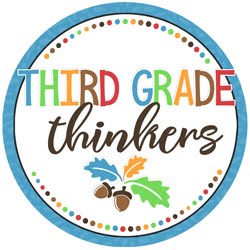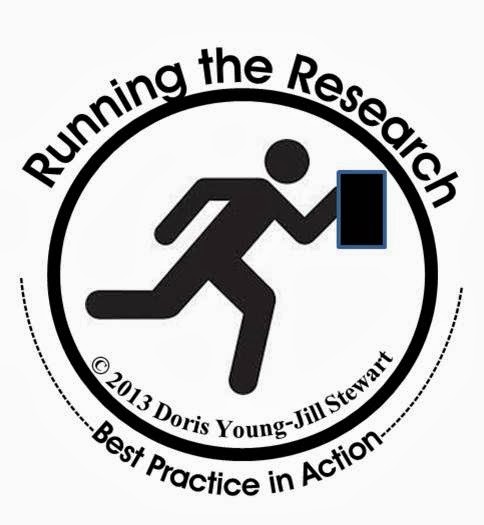Gotta love Calvin! He's always good for a laugh.
So let's talk writing. I think if I were told I could only teach one subject, I'd pick writing. No other subject area allows students to be as expressive as this one.
I've mentioned before that I like using the traits as a cornerstone to my writing program. They help students gauge the progression of their skill as writers.
It helps them take ownership of their learning.
Our school's mascot is the Wildcat so my writing board slogan is "Writing We Can Roar About"
We refer to the writing traits as targets and discuss which ones we want to be able to hit as we begin writing each day. My mini lessons many times will revolve around a particular trait or target and how we can be sure to show that in our writing. We examine how successful writers use these traits as I read aloud great literature to them. Students begin reading books with a "writer's eye". They will exclaim, "Wow, that author had a great idea for that book!" or "I love that spooky mood that the author created!" You need only to model this thinking out loud for students yourself a few times. Students catch on to it and begin looking out for examples of great writing when they read.
They will surprise and delight you with their observations...promise!
In an effort to keep their writing materials organized each student creates a Roaring Good Writing Folder.
I have parent volunteers staple two pocket folders together. I am sure to get the pocket folders that have the brads.
In the first section, we hole punch and insert all the printables in the packet. About the Author comes first. On this page students tell about themselves. Students are able to use these ideas as "seeds" to write stories about throughout the year. I have also included a "Write from the Heart" sheet. They fill the heart will mini illustrations and labels of people, places and things they love. Students are experts when it comes to themselves and writing is a way to share about their likes and dislikes.
The writing packet also includes handouts that students use as references when they write. Print outs of commonly misspelled words, homophones, types of writing, descriptions of the traits etc. help students become more independent during writer's workshop time. All these go in this section.
The second section of the folder is filled with lined paper. When I teach a writing skill or strategy the students will glue the note sheet about it onto the lined paper. They may add notes that they handwrite or we may write a short bit together on these sheets. Grammar or writing notes such as using apostrophes, capital letters, matching verb tenses, etc. may get added here. We reserve the pockets for their writing work. They do that on lined paper which is easier for me to collect and take home to check.
Interested in having your students create "Roaring Good Writing Folders"?
You can pick up your set of printables to make writing folders here:






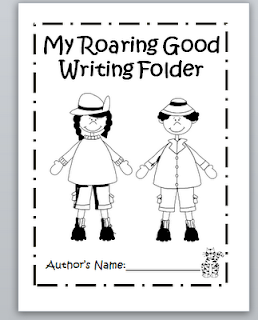







































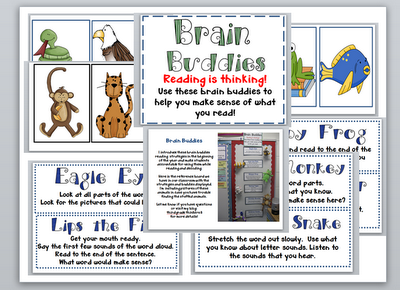



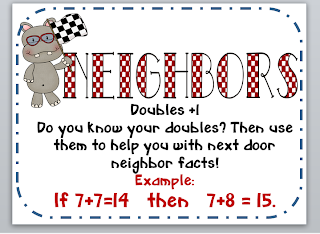


 youngdor8@gmail.com
youngdor8@gmail.com
